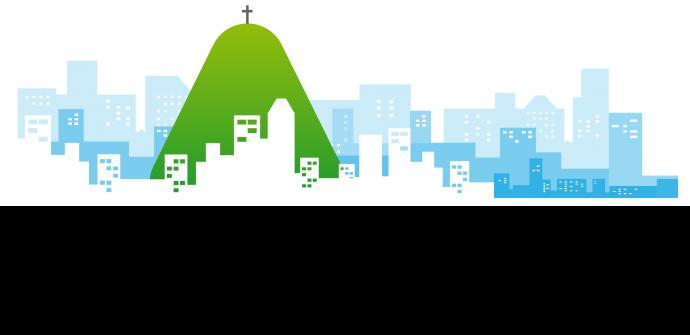Montréal, September 19, 2013 – In the wake of the filing of the City of Montréal’s Plan de réduction des émissions de GES de la collectivité montréalaise, the Société de transport de Montréal (STM) has disclosed the results of its efforts to reduce GHG emissions since 2006 and the major steps it has taken to help Montréal reach its goal of reducing GHG emissions by 30%.
Montréal, September 19, 2013 – In the wake of the filing of the City of Montréal’s Plan de réduction des émissions de GES de la collectivité montréalaise, the Société de transport de Montréal (STM) has disclosed the results of its efforts to reduce GHG emissions since 2006 and the major steps it has taken to help Montréal reach its goal of reducing GHG emissions by 30%.
“From the perspective of reducing GHG emissions, the STM’s greatest success has been its 13.6% increase in ridership since 2006. This is a remarkable achievement in that, on average, every public transit customer generates four times less GHG emissions than a single occupant in a car,” explained Michel Labrecque, chair of the board of directors.
Conclusive results
In 2012, the STM delivered some 413 million passenger trips via its bus and métro system while generating just 0.3% of Quebec’s total GHG emissions.
Building on this success, the STM has committed to reducing its own GHG emissions. In fact, between 2006 and 2012, its share of emissions fell 9.4% per passenger-kilometre. This reduction was achieved through a variety of measures, including the use of biodiesel since 2007, the implementation of almost 100 additional kilometres of bus priority measures since 2008, changes to the electronic transmission program on 418 buses, and the installation of more energy-efficient engine-cooling fans on 240 buses.
More public transit customers to reduce GHG emissions
In support of the City of Montréal’s plan to reduce GHG emissions, the priority of the STM’s Strategic Plan 2020 is to increase the company’s service offer by 32% and increase ridership by 40% to 540 million passenger trips in 2020. The STM also plans to reduce its own GHG emissions by 20% per passenger-kilometre through the launch of new métro cars by 2014, the purchase of hybrid propulsion buses, and the addition of 200 kilometres of bus priority measures (reserved lanes and transit signal priority), bringing the total to 370 kilometres by 2020.
Already, 69% of all STM passenger trips are partially or totally electric – including the métro since 1966 – and the STM plans to continue its electrification strategy with a target of 86% by 2020. The initiatives already underway include the purchase of electric midibuses, a study of the implementation of a trolleybus system, and actively working with the industry to develop a 100% electric propulsion regular bus.
“Adopted in 2013, our second Sustainable development plan contains ambitious objectives supported by a variety of measures. To achieve them, the STM must be able to count on new dedicated, index-linked, and recurrent funding sources. With such financial support, the STM will be able to continue making a significant contribution to achieving the sustainable development objectives of the City of Montréal and the Quebec Government,” concluded Labrecque.
The Sustainable Development Plan 2020 and the Sustainable Development Report 2012 may be viewed at the following address: http://www.stm.info/en/about/financial_and_corporate_information/about-stm/sustainable-development
-30-
Isabelle A. Tremblay
Senior management – Public affairs
514 280-4940
Isabelle.tremblay@stm.info
